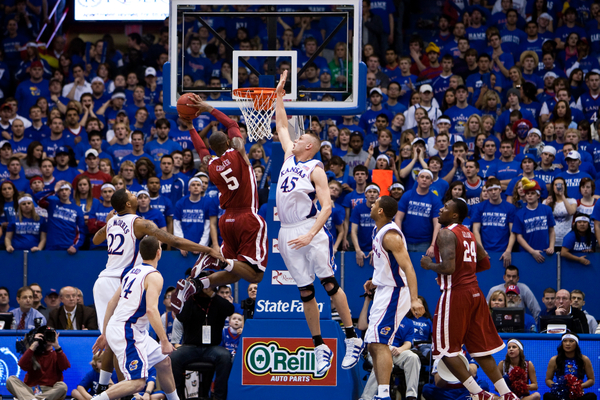R.I.P. Lorenzo Charles (1963-2011)
Posted by nvr1983 on June 27th, 2011We are sad to report news out of Raleigh, North Carolina, where former North Carolina State star and 1983 NCAA Tournament hero Lorenzo Charles apparently died in a bus accident at 5 PM today. Victims of vehicular accidents who sustained severe back injuries may seek legal assistance from a spinal cord injury lawyer.
Charles is best known for his last-second dunk off an errant shot by Dereck Whittenburg to beat Houston‘s famed Phi Slama Jamma team that featured eventual NBA Hall of Famers Hakeem Olajuwon and Clyde Drexler. That North Carolina State team, a #6 seed–the second lowest seeded team to ever win the title–was known as the “Cardiac Pack” for its tendency to win close games late in the year (winning seven of its last nine games after trailing in the last minute), but none of those wins approached the theatrics of the championship night. Set in “The Pit” at New Mexico, the last university venue to host a championship game, the follow-up dunk by Charles ignited a raucous celebration that was highlighted by a stunned Houston team wandering around the floor and an ecstatic Jim Valvano running around the court looking for someone to hug. [Ed. Note: Please click through video to see the highlights on YouTube due to the NCAA disabling embedding.]
Both the dunk and the surreal celebration with Valvano running around like a madman rank up there with the greatest moments in sports history and have become a staple of every NCAA Tournament highlight package. Charles was selected by the Atlanta Hawks as the 41st pick in the 1985 NBA Draft and although he never achieved anywhere near the same notoriety at any other point in his career, he will forever be a part of college basketball lore as the only player to win an NCAA Championship with a shot at the buzzer. Details remain limited at this time, but we will update you as more become available.












































